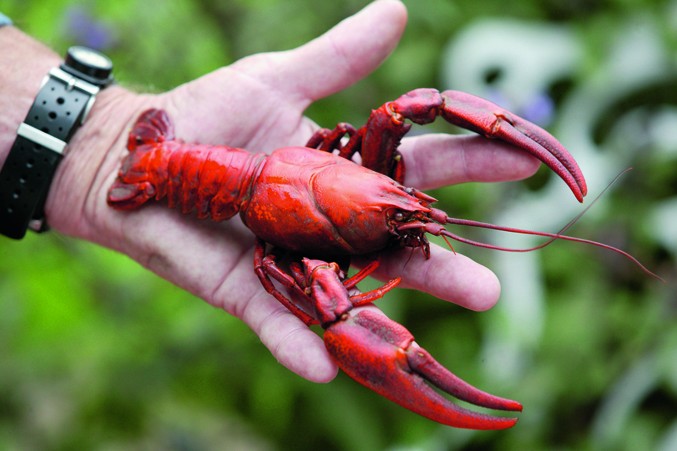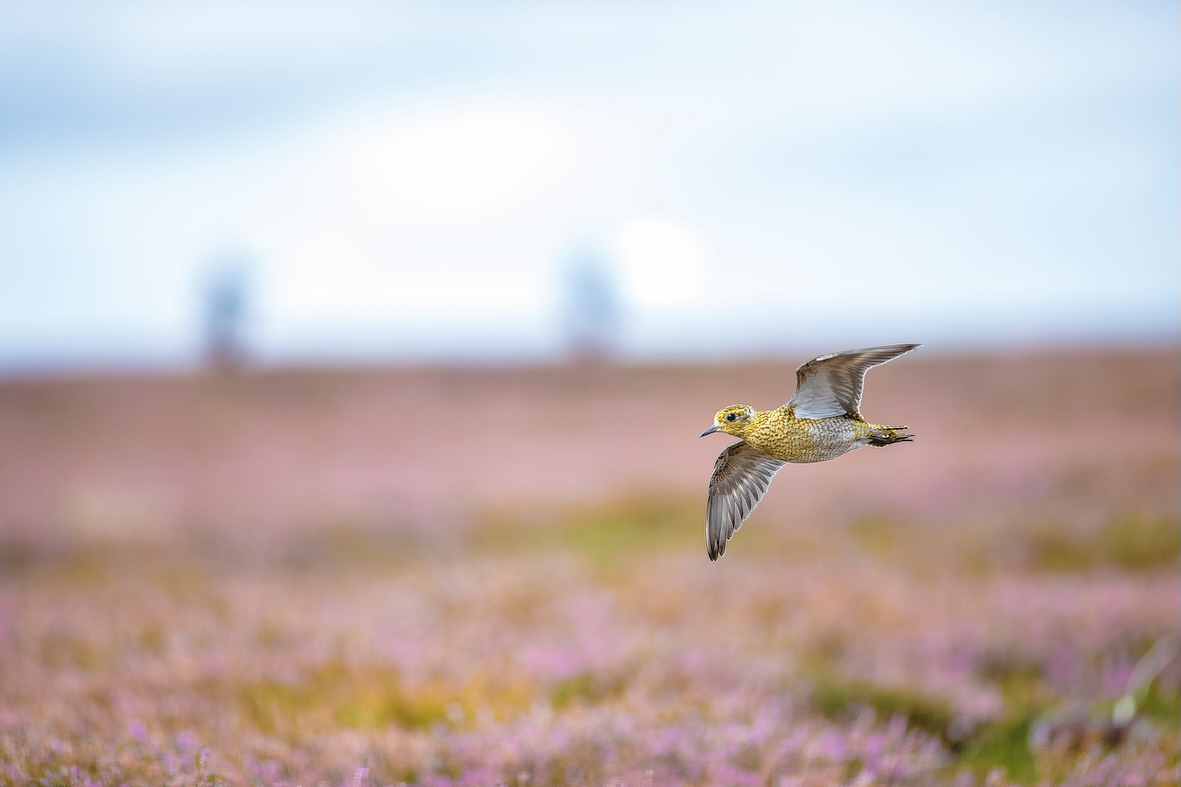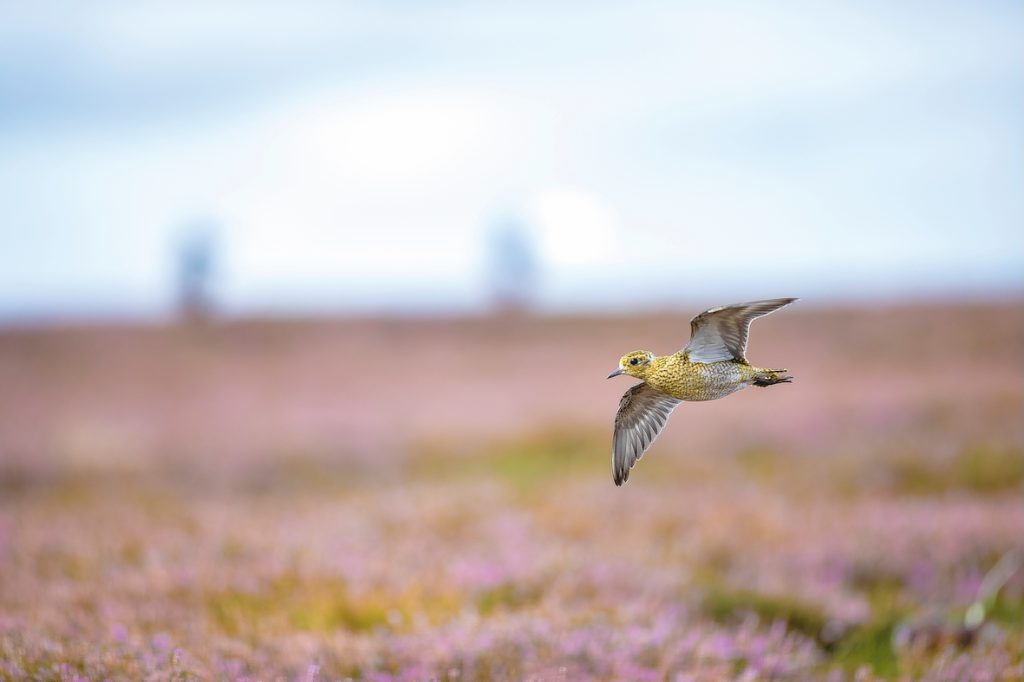News
Foraging: If you can’t beat ’em, eat ’em
<strong>Making a meal of the invasive signal crayfish</strong>
Would you like to speak to our readers? We offer sponsored articles and advertising to put you in front of our audience. Find out more.
If there is one thing that is nearly as good as actually going on a fishing or shooting expedition, it is the plotting and planning that go on the night before, generally over a beer or two.
So it was that I found myself in the kitchen of my friend Jim Prendeville, leafing through old sea fishing magazines from the 1970s. Jim is a retired soldier who still teaches survival and foraging courses. As well as having fished and hunted around the world while in the forces, he is still adept at catching most things in Great Britain. We were off in the morning to have a look for some crayfi sh in a local lake where Jim had previously placed a couple of traps.
Among the old magazines were a few more recent editions and I was sad to learn from them of the passing of the great Clive Gammon in June of this year at the age of 83. I am sure that many readers will remember Clive as one of the best fishing writers that the 20th century produced, and his books were a great inspiration to me when I was a youngster. Clive may be gone but his name and work will live on for a long, long time.
The invaders
Now we all know the potential damage that invasive species can cause, and the American signal crayfish is guilty. The Serpentine lake in London?s Hyde Park is said to be full of them, the original stock supposedly cast-offs from the restaurant trade. It is not the crayfishes? fault that they are problematic; they are just doing what comes naturally ? breeding like it is going out of fashion, eating all manner of aquatic plant and animal life and wiping out the smaller British white-clawed crayfi sh. I have only ever seen a whiteclawed crayfish once when I was a teenager, and my mate Nathan Crowe swore that there were some in a river near Kendal in the north of England. I didn?t believe him, I thought you only got them in the South. But he was right.
I do not know if they are still there, but then bullheads and stone loach seem to have vanished in many areas, where they once seemed to be under every stone you turned. I recall Fred J. Taylor once saying that if the signal crayfish are present, we might as well make the most of them, instead of moaning. And Fred was never a man to turn down a good meal.
Hungry carp
The spot where Jim had set his traps was a lake filled with all types of carp that came bow-waving towards us knowing that they were about to be fed some pellets, of which they got handfuls. After this spectacle was over, Jim hauled in the first trap. It was bulging. The net belly of the trap sagged under the weight and there were some real bruisers ? mini-lobsters vying with the other crays to be top of the heap. The next plastic trap yielded similar treasure. In all, we had approaching 100 crayfish from two traps, a clear indication of both how prolific they can be ? even in small waters ? and the impossibility of ridding yourself of them when they turn up. It was time to put a pot on the boil.
The native white-clawed crayfish is hanging on in some river systems ? but for how long? It would be a tragedy for another species to vanish along with so many others. But if signal crays are already present nearby it is worth having a go for them ? if you can?t beat ?em, eat ?em.
Related articles
News
A sound decision as moderators to be taken off licences
The Government has finally confirmed what the shooting community has long argued – that sound moderators should be removed from firearms licensing controls
By Time Well Spent
Gamekeeping news
News
Devastating effects of keepers downing tools
A 20-year experiment highlights the dramatic decline in our red-listed birds after predator control ends, proving the vital role of gamekeepers
By Time Well Spent
Manage Consent
To provide the best experiences, we use technologies like cookies to store and/or access device information. Consenting to these technologies will allow us to process data such as browsing behavior or unique IDs on this site. Not consenting or withdrawing consent, may adversely affect certain features and functions.
Functional Always active
The technical storage or access is strictly necessary for the legitimate purpose of enabling the use of a specific service explicitly requested by the subscriber or user, or for the sole purpose of carrying out the transmission of a communication over an electronic communications network.
Preferences
The technical storage or access is necessary for the legitimate purpose of storing preferences that are not requested by the subscriber or user.
Statistics
The technical storage or access that is used exclusively for statistical purposes.
The technical storage or access that is used exclusively for anonymous statistical purposes. Without a subpoena, voluntary compliance on the part of your Internet Service Provider, or additional records from a third party, information stored or retrieved for this purpose alone cannot usually be used to identify you.
Marketing
The technical storage or access is required to create user profiles to send advertising, or to track the user on a website or across several websites for similar marketing purposes.





